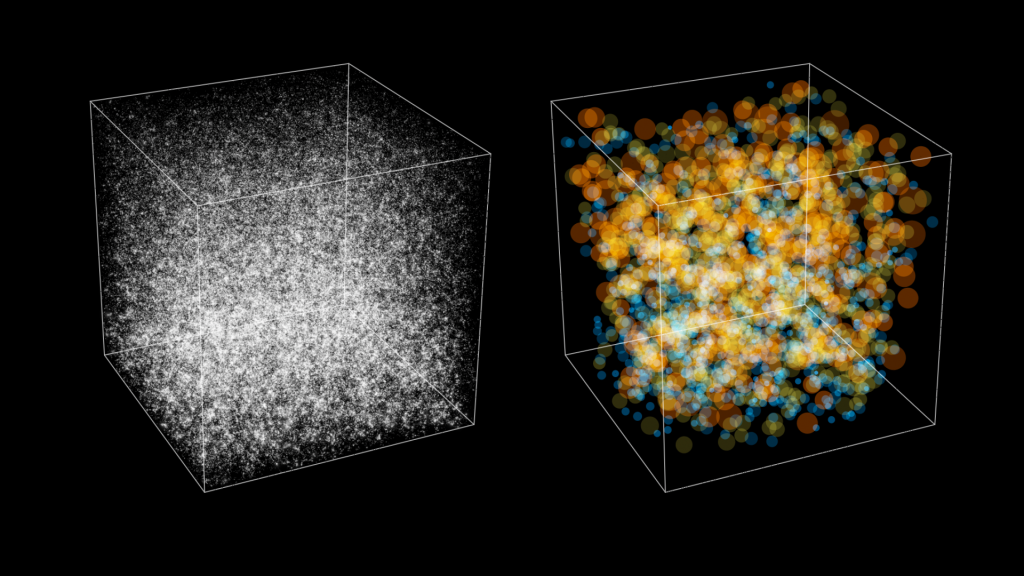Lunar Swirl Reiner Gamma
| Credit | NASA/Goddard Space Flight Center/Arizona State University |
|---|---|
| Language |
|
Lunar swirls are bright, often sinuous features with the appearance of abstract paintings. They are unique to the Moon.
This image from NASA’s Lunar Reconnaissance Orbiter (LRO) depicts Reiner Gamma, a bright patch amid the otherwise dark Oceanus Procellarum mare on the near side of the Moon. While visible from a backyard telescope, LRO's view from orbit reveals tendrils that extend for several hundred kilometers.
Lunar swirls have long defied easy explanation, but recent modeling and spacecraft data shed light on the origin of these swirls – crustal magnetism. Think of lunar swirls as the Moon’s tan lines. Solar radiation bombards the Moon, but pockets of magnetic anomalies act as a sunscreen, shielding the brighter parts of the lunar surface from solar radiation and ‘sunburn.’ The magnetic ‘sunscreen’ redirects solar wind particles to areas just around magnetic bubbles, where chemical reactions darken the surface. This creates the distinctive swirls of darker and lighter material that are so prominent they can be seen from Earth.
Learn more about lunar swirls:
- NASA Mission Reveals Origin of Moon's Sunburn, 2019
- Lunar Swirl Features Reproduced by Modeling Solar Wind Standoff, 2018
- NASA Research Gives New Insight into How the Moon Got 'Inked,' 2016
- The Lunar Swirls, A White Paper to the 2009 Decadal Survey
- Swirls Across the Moon, Lunar Reconnaissance Orbiter Camera Featured Image






























